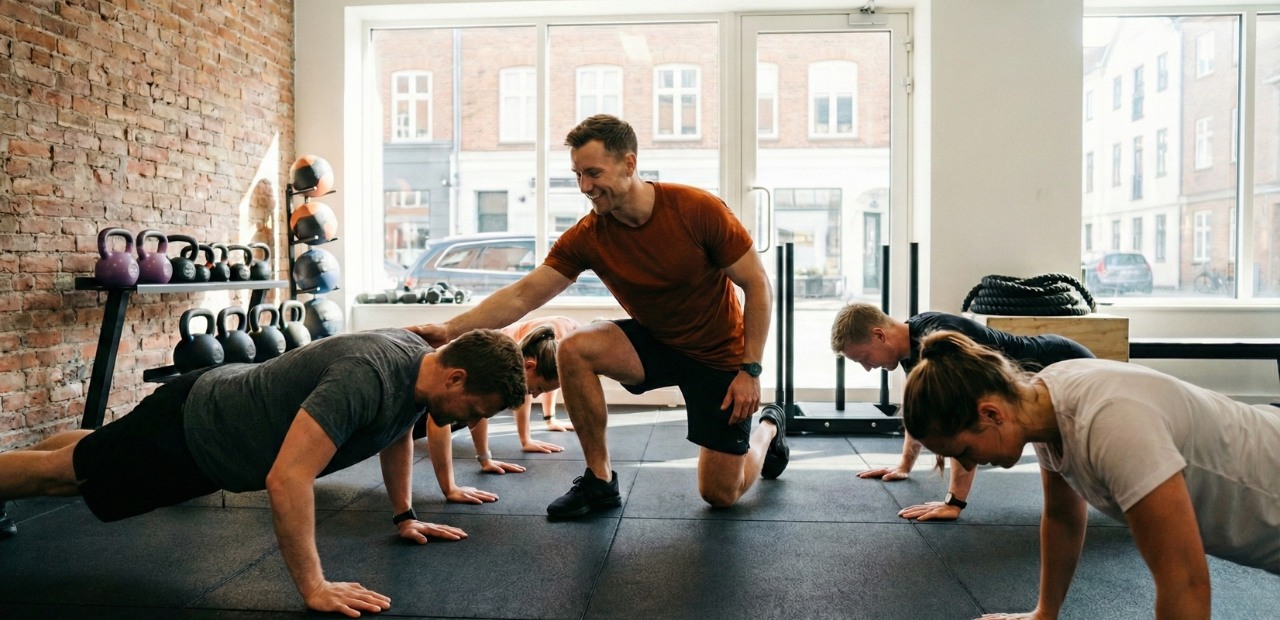As a gym owner, are you ready for the big changes happening in the fitness industry?
Now that we’re well into 2026, it’s clear that the rules of the game have shifted significantly.
Members expect much more now; just having workout equipment isn’t enough.
People want a mix of the latest technology, engaging environments, personalized programs, and a strong sense of community.
They seek a complete approach that cares for their minds as well as their bodies.
And perhaps most importantly, they look out for brands that align with their values of sustainability and social responsibility.
To remain competitive and earn the loyalty of a new member, you have to adapt to the transformative wellness trends that’s redefining the gym landscape.
This is your wake-up call to elevate your offerings, push creative boundaries, and provide the kind of transcendent fitness journey that will leave your members obsessed.
So here are the top wellness & health trends for gyms for 2026.
1. Hybrid Memberships
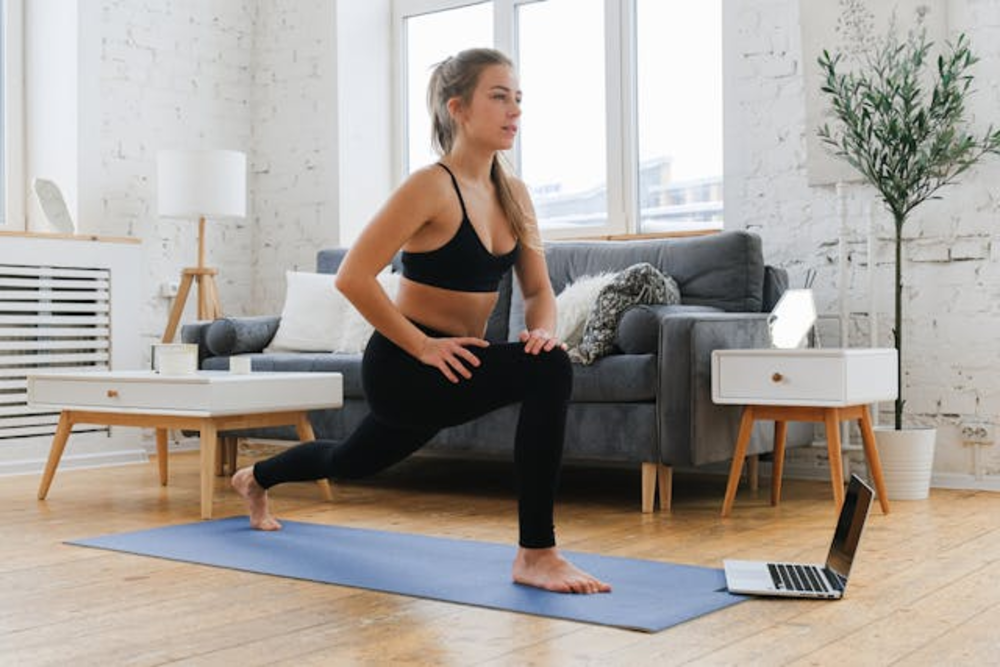
The pandemic fundamentally changed how we think about where and when we work out.
Four years later, gyms have fully embraced this shift with hybrid memberships that offer the best of both worlds: in-person facilities and robust digital platforms.
A typical hybrid membership includes unlimited access to physical gym locations. Here, members can use state-of-the-art equipment, participate in group classes, and get face-to-face coaching.
But the real game-changer is what happens outside the gym walls.
In 2026 a hybrid membership is expected to come with access to a comprehensive digital platform.
This isn’t just a library of pre-recorded videos; it’s an interactive, live experience.
Members can join live-streamed classes led by their favorite instructors in real time.
These aren’t one-way broadcasts; instructors can see participating members (if they choose to share video) and offer personalized cues and encouragement.
The on-demand library is equally impressive. It’s curated based on your preferences and fitness history.
If you’ve been attending a lot of yoga classes at the gym, your app will suggest similar on-demand sessions for days you can’t make it in.
And it’s not just workouts; there are also tutorials on form, gut health products, nutrition guides, and recovery sessions.
However, the hybrid model goes beyond just offering classes. Many gyms now provide remote one-on-one sessions with personal trainers and nutritionists.
Using your smartphone camera, trainers can guide you through a workout in your living room, analyzing your form as if they were right there with you.
Some gyms are even shipping equipment to hybrid members. Sign up for a strength-focused membership, and you might get a set of adjustable dumbbells or resistance bands delivered to your door.
This ensures that your home workouts are just as effective as those in the gym.
The data integration between in-gym and at-home workouts is seamless. Your performance in a virtual cycling class affects the recommendations for your next in-gym session.
This cohesive approach means your fitness journey is continuous, not fragmented between gym and home, making your gym a true wellness space.
Want to learn about how you can implement this for your fitness business? Then read this guide here.
2. Mindfulness and Meditation

According to statistics, the global market for meditation apps was expected to reach a revenue of $5.11 billion in 2025.
This highlights a growing need for combining mental and physical health.
Traditionally, gyms have been places for physical workouts using weights and other equipment.
However, given the current state of the world, levels of stress, anxiety, and other mental health issues are rising.
In the past few years, we’ve faced a lot of uncertainty with the pandemic, conflicts like the war in Ukraine, and ongoing issues in the Middle East, not to mention rising unemployment and inflation.
All this emphasizes the importance of creating spaces in gyms for mental health practices.
This year, many people will continue to turn to meditation apps or classes that focus on mental wellness, such as meditation, yoga, or tai chi.
As a gym owner, including these offerings could set you apart from competitors and promote self-care among your members.
3. Recovery and Regeneration Zones

In 2026, the fitness mantra is “train hard, recover harder.” High-intensity workouts like CrossFit, HIIT, and powerlifting remain popular, but there’s a growing understanding that recovery is just as crucial as the workout itself.
This has led to gyms dedicating significant space and resources to recovery amenities.
Cryotherapy chambers, which expose the body to temperatures as low as -200°F for a few minutes, are becoming standard due to their health benefits.
This extreme cold reduces inflammation, accelerates muscle recovery, and can even boost metabolism. Post-workout, members can step into these chambers to jumpstart their recovery process.
Infrared saunas are another hot trend (pun intended). These saunas use light to create heat, which supposedly penetrates deeper into the body.
This potentially aids in detoxification, reduces muscle soreness, and boosts the immune system.
Some gyms are pairing these with chromotherapy (color therapy) for added relaxation benefits.
Perhaps the most surprising addition is the nap pod. These futuristic-looking capsules offer a quiet, dark space for 20-30 minute power naps.
Quality sleep is crucial for muscle repair, hormone regulation, and cognitive function.
By offering these pods, gyms acknowledge that sometimes the best way to boost performance is to rest.
4. Functional and Adaptive Fitness
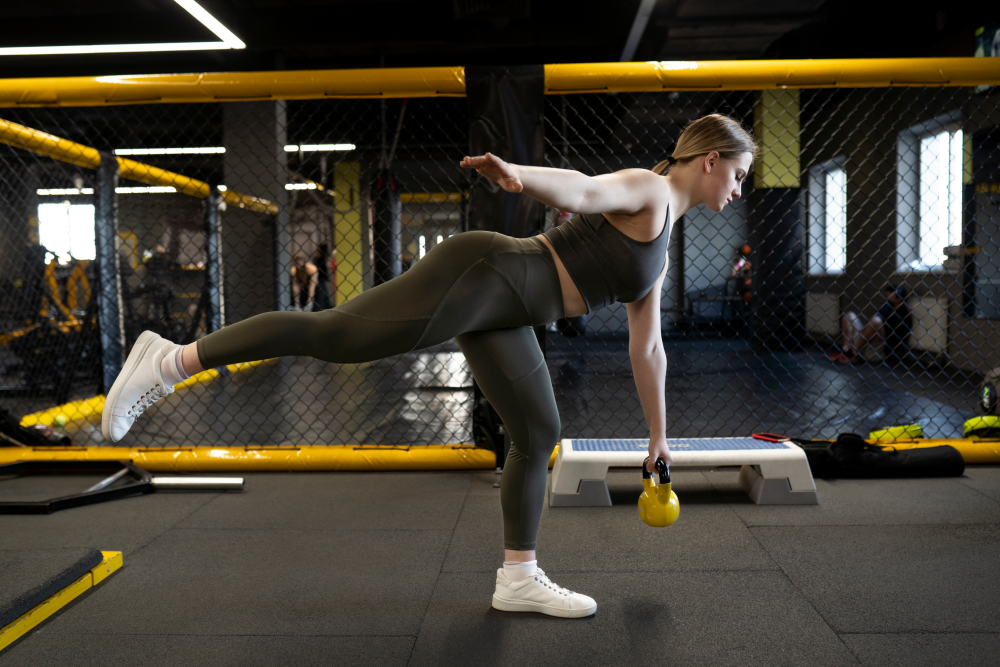
Functional fitness has moved from a niche to the mainstream in 2026.
The philosophy is simple: train your body for the movements it performs in daily life.
This means fewer isolated machine exercises and more compound movements using free weights, resistance bands, and body weights.
A typical functional fitness class might include exercises like farmer’s walks (mimicking carrying groceries), medicine ball slams (like lifting and moving heavy objects), or TRX rows (simulating pulling open a heavy door).
This approach not only builds strength but also improves overall health, balance, coordination, and flexibility - skills that translate directly to everyday activities.
The rise of functional fitness also benefits women’s health and older adults.
With an aging population, more gyms offer “Active Aging” programs targeted at seniors.
These classes focus on movements that maintain independence: squats for getting up from chairs, deadlifts for picking up grandchildren, and balance exercises to prevent falls.
Some gyms are even partnering with healthcare providers, physical therapists, and occupational therapists to create programs for people with chronic conditions like multiple sclerosis, Parkinson’s, or fibromyalgia.
These programs are tailored to manage symptoms, improve functionality, lose weight, and enhance quality of life, turning gyms into true wellness centers.
5. Eco-Friendly Facilities
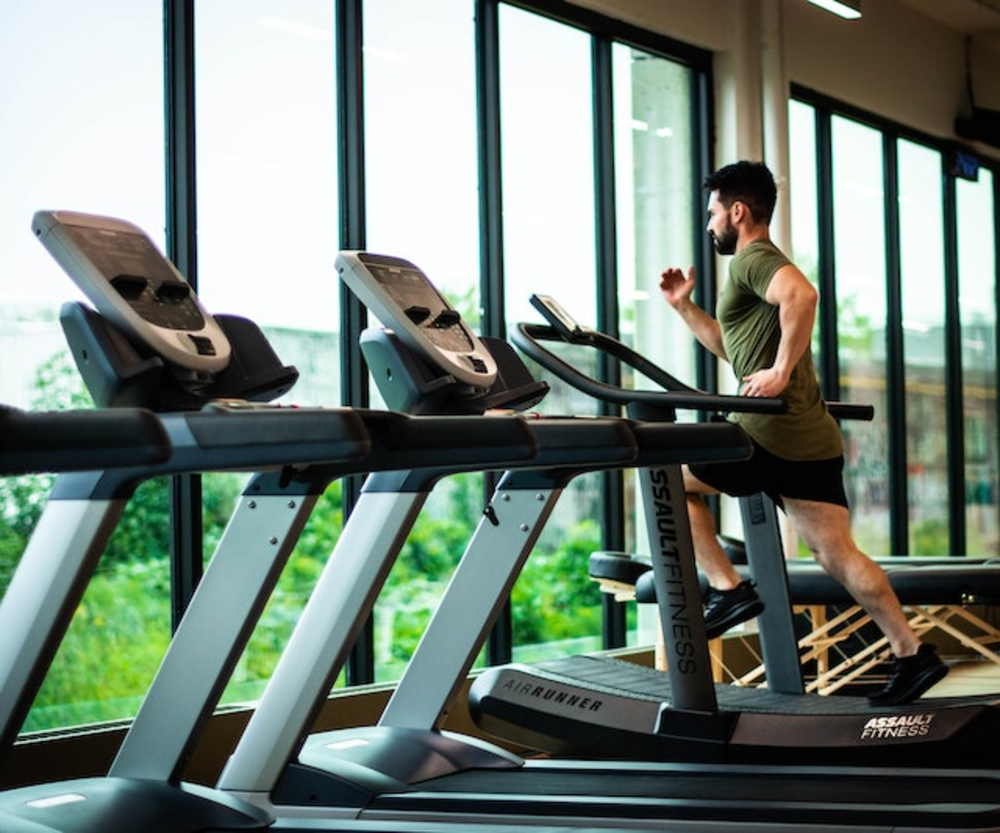
The climate crisis is impossible to ignore, and the fitness industry is stepping up.
Eco-friendly isn’t just a buzzword; it’s a core part of gym design and operation.
Energy-generating equipment is an innovative approach to tackle climate change.
Stationary bikes, ellipticals, and treadmills are now equipped with micro-generators.
As members work out, they generate electricity that’s fed back into the gym’s power grid.
Some gyms display real-time stats on how much energy members are producing, gamifying the experience and making every workout a contribution to sustainability.
Water conservation is another focus. Low-flow showerheads and faucet aerators reduce water usage without compromising user experience.
Many gyms are going further, collecting rainwater for toilet flushing and landscaping. Dual-flush toilets and waterless urinals are becoming standard.
The days of disposable plastic water bottles are over.
Gyms now provide refill stations for reusable bottles, with some even gifting a branded reusable bottle with new memberships.
Workout gear, from yoga mats to resistance bands, is increasingly made from recycled or biodegradable materials.
Architectural design plays a big role too. Large windows and skylights maximize natural light, reducing the need for artificial lighting.
High ceilings and strategically placed fans improve air circulation, cutting down on air conditioning.
Some avant-garde gyms are even installing green walls - vertical gardens that improve air quality, reduce noise and create a biophilic environment that’s been shown to reduce stress.
But the eco-commitment doesn’t stop at the gym’s walls.
Many are encouraging green commuting by providing secure bike storage, EV charging stations, and even discounts for members who walk, bike, or use public transport to get to the gym.
6. Virtual Reality (VR) Fitness Classes
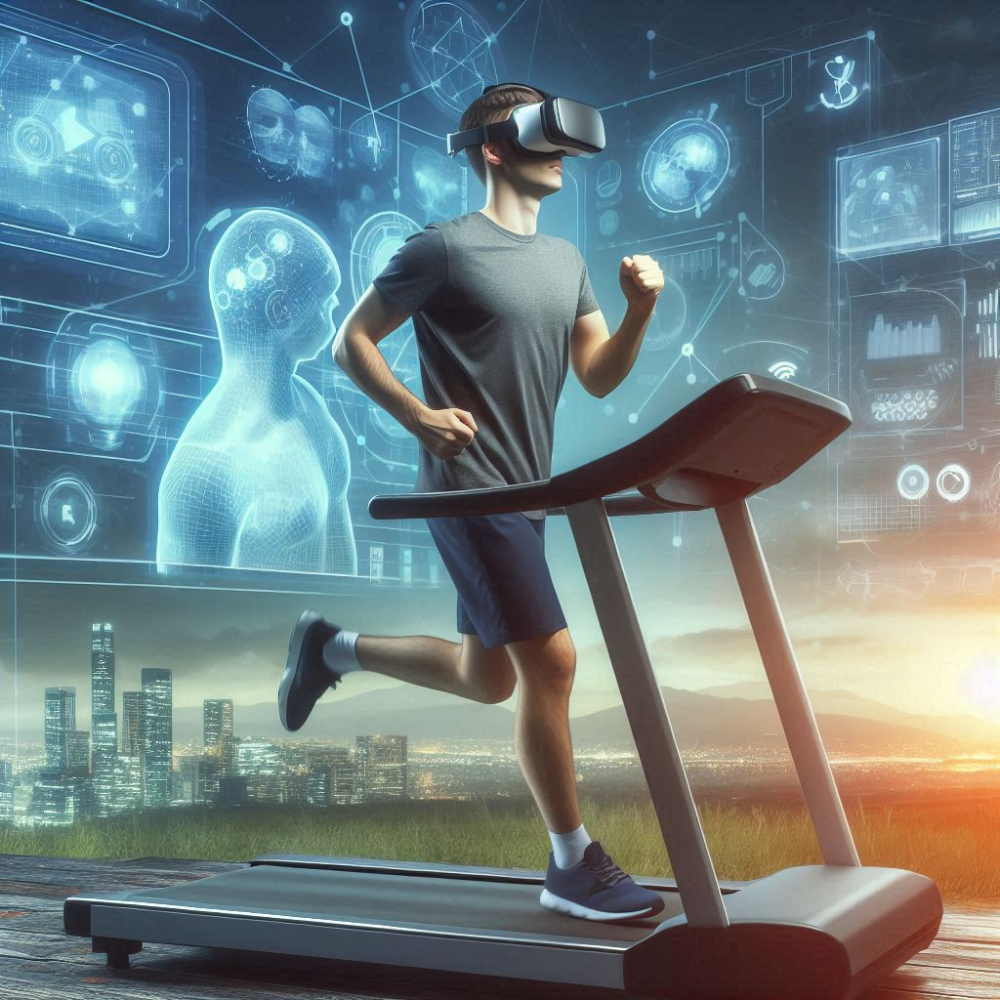
The line between gaming and fitness has blurred, thanks to the widespread adoption of VR technology in gyms.
The times have changed when a treadmill run meant staring at a wall or a TV screen.
Now, members don their VR headsets and are instantly transported to breathtaking virtual environments.
Imagine running through the lush rainforests of Costa Rica, complete with the sounds of exotic birds and the feel of a gentle mist.
Or picture yourself cycling through the historic streets of Rome, passing the Colosseum and the Trevi Fountain.
These aren’t just static backgrounds; they’re dynamically generated environments that respond to your pace and intensity. Speed up, and the scenery rushes by faster; slow down, and you can take in the details.
But VR fitness isn’t just about scenic cardio. It’s also revolutionizing strength training and HIIT workouts.
Games like “Supernatural” and “FitXR” have members boxing, squatting, and lunging in immersive worlds.
You might be fending off pirates on a deserted island or dodging lasers in a futuristic cityscape.
The gamification is so engaging that members often report working out longer and harder than they would in a traditional setting.
Moreover, VR is making fitness more accessible. For those who feel self-conscious in group classes, VR offers a private, judgment-free space.
Some VR platforms even have social features, allowing members to work out “together” in virtual spaces, regardless of their physical locations.
The technology is also adapting to different fitness levels. Advanced AI algorithms track your movements and adjust the difficulty in real time.
A beginner might see fewer targets in a boxing game, while an advanced user will face a more challenging onslaught.
This dynamic difficulty ensures that everyone, from seniors to athletes, gets an optimal workout.
7. AI-Powered Personal Training

Having a personal trainer doesn’t necessarily mean a human standing next to you with a clipboard.
Artificial Intelligence has transformed personal training into a data-driven, hyper-personalized experience.
It starts the moment you join the gym. Instead of a one-size-fits-all fitness assessment, you undergo a comprehensive AI-driven evaluation.
This involves wearable sensors that track not just your heart rate and steps, but also your range of motion, muscle activation patterns, and even subtle shifts in balance.
You’ll also answer a detailed questionnaire about your health history, goals, and lifestyle factors.
The AI then crafts a uniquely tailored workout plan. But this isn’t a static program; it’s a dynamic, evolving regimen.
Every time you work out, sensors in the gym equipment, your wearables, and even computer vision systems analyze your performance.
The AI notes things a human might miss: a slight asymmetry in your squat, a hint of fatigue in your left arm during curls, or a sudden spike in heart rate during a normally easy jog.
Based on this data, your plan adjusts in real time. If the AI detects that your form on deadlifts is off, it might reduce the weight or suggest a different variation like sumo deadlifts.
If you’ve had a stressful day (detected by elevated cortisol levels in your smartwatch), it might swap out a HIIT session for a restorative yoga class.
The AI doesn’t just react; it predicts. By analyzing patterns in your data, it can foresee plateaus and adjust your program to break through them before they happen.
It also integrates data from your sleep tracker and nutrition app. Had a poor night’s sleep?
The AI might focus on technique over intensity that day. Logged a high-protein breakfast?
It might suggest an extra set of strength exercises.
Human trainers aren’t obsolete, though. In fact, the AI enhances their role.
Trainers now spend less time on rote tasks like counting reps and more time on motivation, complex movement patterns, and addressing the mental aspects of fitness.
Some gyms have AI-human tag teams: the AI handles the data and programming, while the human trainer provides the encouragement and nuanced coaching that AI (as of 2026) can’t replicate.
For members, this means unprecedented progress. Injuries are reduced because the AI never lets you push too far, or too fast. Workouts are always challenging but never overwhelming.
And the constant variety, tailored to your changing body and life, keeps boredom at bay.
Check out different ways you can use AI to maximize your revenue.
8. Community and Social Fitness
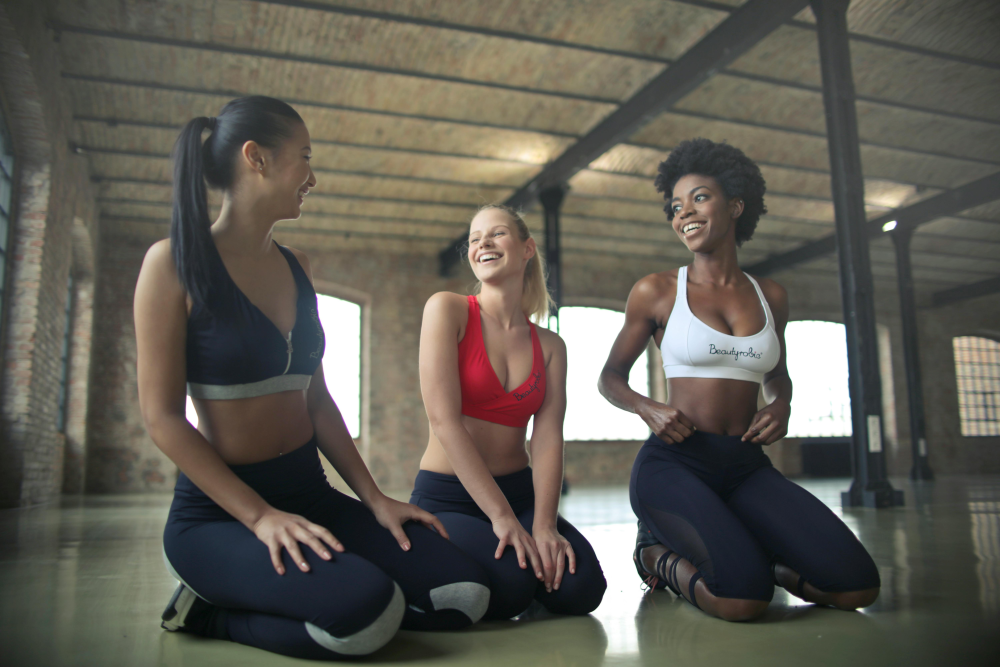
The notion that fitness is a solitary pursuit has been thoroughly debunked.
Gyms have tapped into our inherent need for connection, transforming workouts from individual activities into shared experiences.
Group fitness classes are at the forefront of this trend, but they’ve evolved far beyond basic aerobics or spin sessions.
For the geek-chic crowd, there are “Superhero HIIT” classes. One day you’re doing “Wakanda Warriors” with African-inspired dance and martial arts, the next it’s “Asgardian Bootcamp” with hammer-inspired strength moves.
The costumes, music, and instructor narratives (“Channel your inner Black Widow for these Russian twists!”) make members forget they’re doing burpees and mountain climbers.
But community fitness goes beyond classes. Many gyms now organize in-house leagues and challenges. There are basketball leagues for all skill levels, monthly deadlift challenges, and even
“Biggest Loser”-style weight loss competitions. These events create a sense of friendly rivalry and shared achievement.
Social events are also part of the mix. Post-workout smoothie socials, weekend hikes, and even book clubs (focusing on fitness, nutrition, and mindfulness books) are common.
Some gyms partner with local breweries for “Bikes and Brews” events, combining a group cycling session with craft beer tasting - a hit with the millennial and Gen Z crowd.
For those who thrive on mentorship, gyms are facilitating “fitness buddy” programs. Newbies are paired with seasoned members who share similar goals.
It’s a win-win: beginners get guidance and encouragement, while veterans find renewed motivation in sharing their journey.
The social connections forged in these communities often extend beyond the gym, creating friendships and even romantic relationships. In 2026, gyms aren’t just selling fitness; they’re fostering tribes.
9. Wearable Fitness Technology

Wearable devices have leaped far beyond simple step counters and heart rate monitors.
Smartwatches and fitness bands now come with advanced sensors that track a lot of biometric data.
There’s the standard fare: heart rate, steps, calories. But now they also measure blood oxygen levels, skin temperature, and even biomarkers like cortisol (stress hormone) and lactic acid build-up.
This allows for incredibly precise workout and recovery optimization.
For instance, if your wearable detects high cortisol in the morning, it might suggest a yoga session instead of your planned HIIT workout.
Or if it notices a spike in lactic acid during your run, it’ll nudge you to slow down to prevent burnout.
Some devices even track sleep stages and offer optimal wake-up times based on your natural circadian rhythms, ensuring you’re rested for your gym session.
Motivation is another area where wearables shine. You might earn badges for consistency streaks, or your avatar might level up when you hit a new PR.
Some platforms even offer real-world rewards - discounts at health food stores or entries into exclusive fitness events for hitting goals.
The data from all these interactions creates a comprehensive fitness profile that evolves with you.
In 2026, your wearable doesn’t just track your fitness; it understands and guides it to improve your overall well-being.
Conclusion
As a fitness entrepreneur, the trends of 2026 offer you a golden opportunity to transform your business.
By embracing these changes, you’re not just selling memberships; you’re building a wellness community that people want to be part of.
Adding fun group classes, using smart tech, and caring for mental health can set you apart from the competition.
These aren’t just fads - they’re what today’s members truly want and need.
By meeting these needs, you’ll see more sign-ups, better member loyalty, and glowing reviews.
Plus, as your gym becomes a hub for physical, mental, and social well-being, you’re making a real difference in people’s lives.
They are not only good for business; it’s a rewarding way to lead in the fitness industry.




